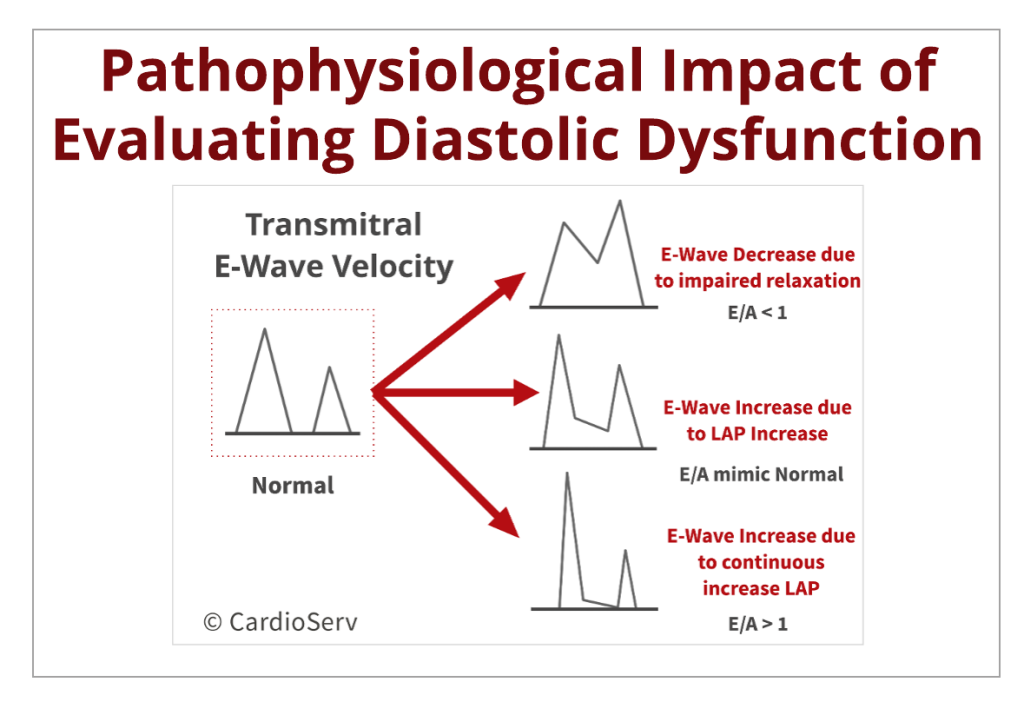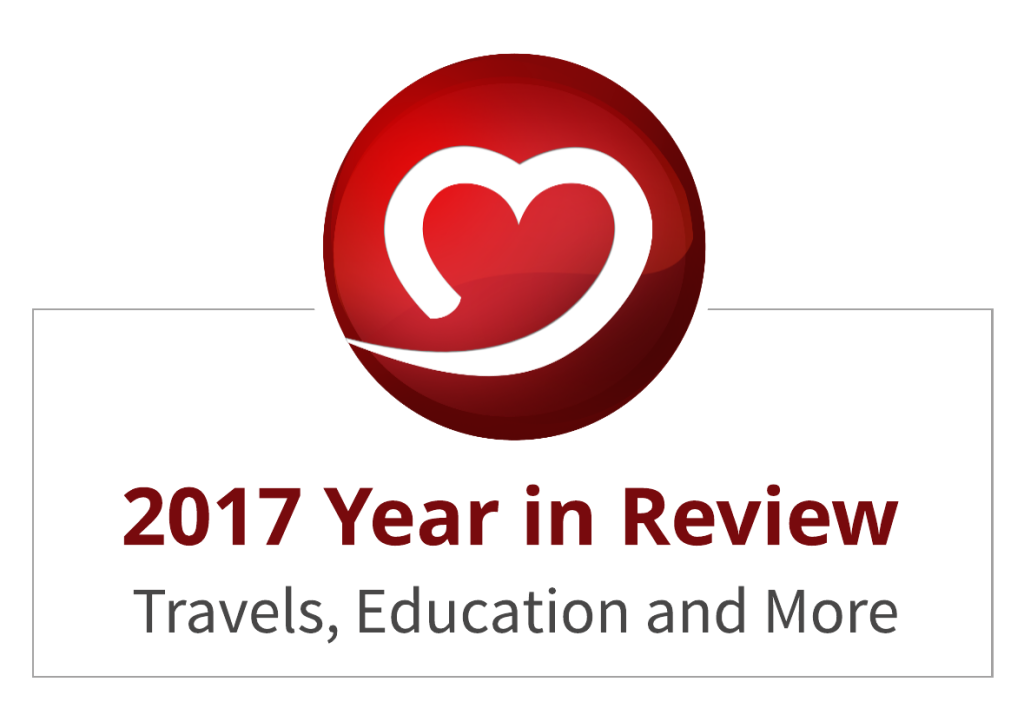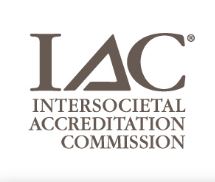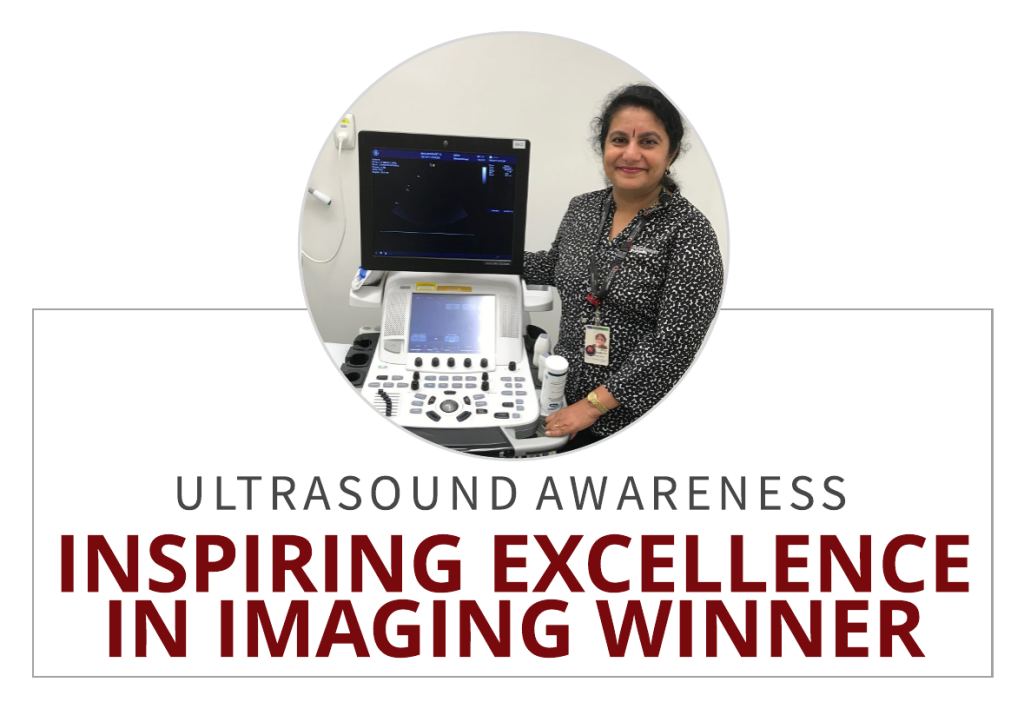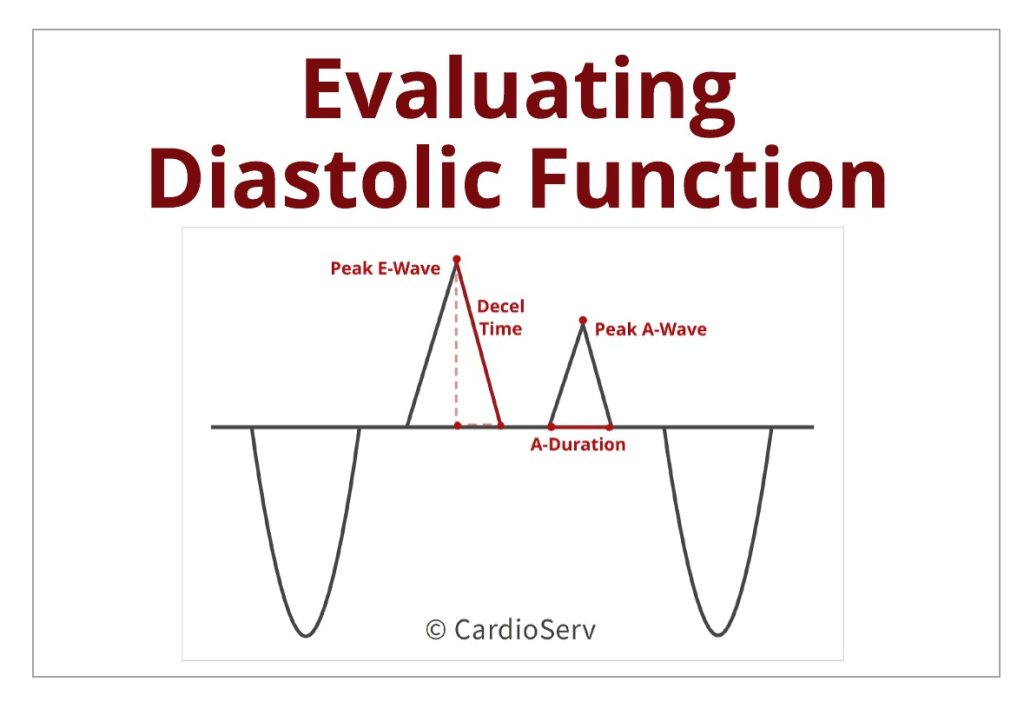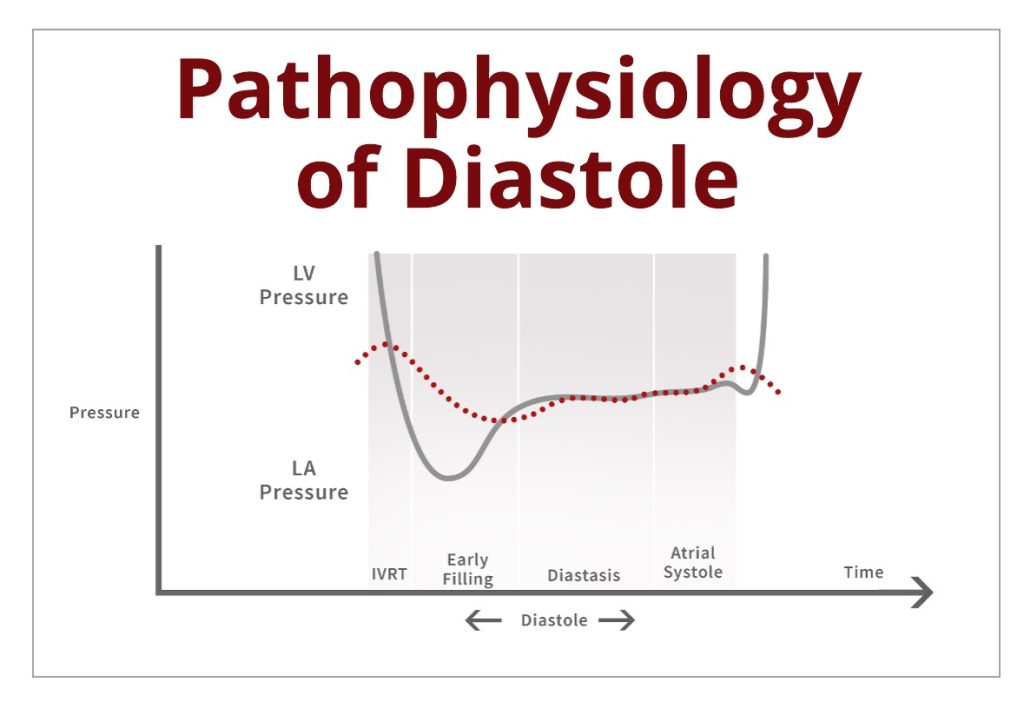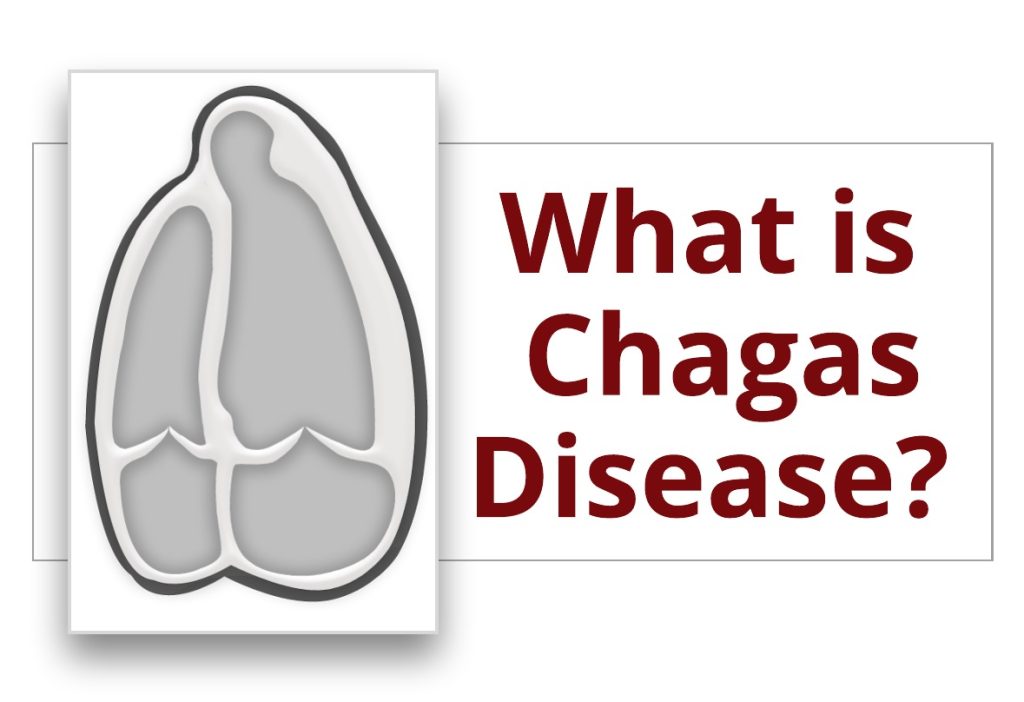Echocardiography in the Presence of Left Bundle Branch Block
This week we are pleased to introduce our guest writer, Dr. Sukhvinder Singh. He will discuss the role of echocardiography in the presence of Left Bundle Branch Block Dr. Singh is a board certified cardiologist in India with 10 years of experience.
Echocardiography in the Presence of Left Bundle Branch Block Read More »


